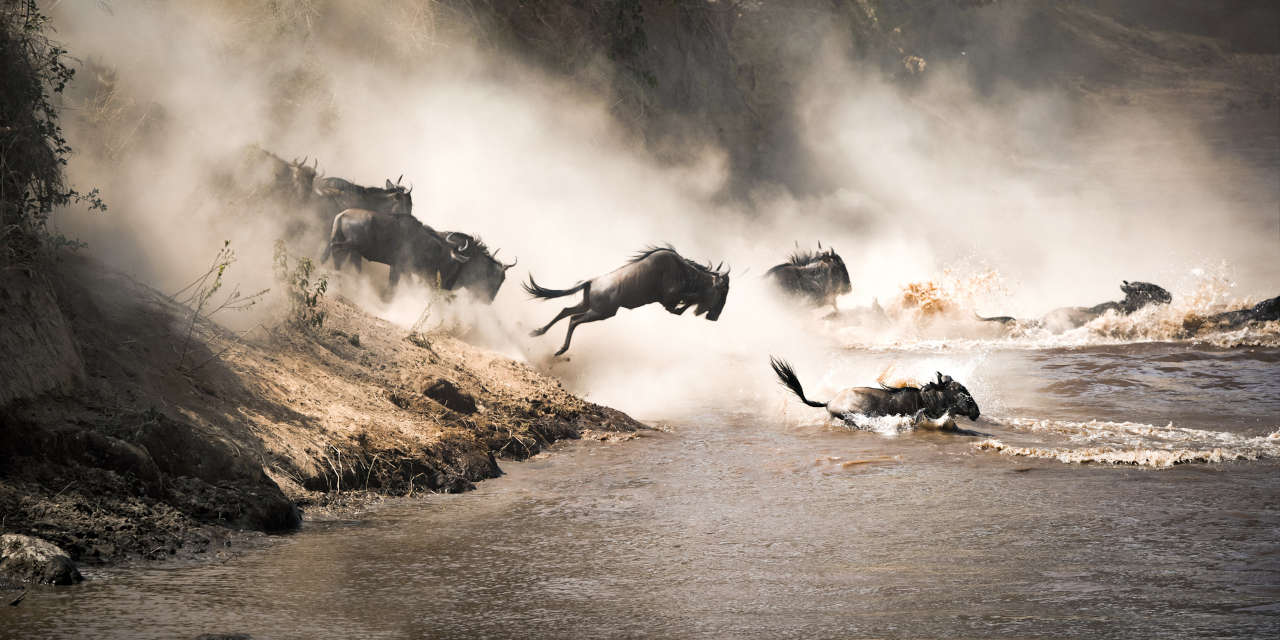By MaryLee Herrmann
On a recent icy January morning, I stood with a group of other homeowners in the parking lot of the residential housing complex near Boulder, Colorado, where I own a townhouse.
In front of us, an insurance adjuster for our HOA was describing the details of the Homeowner’s Association insurance policy and the procedure for filing claims.
Behind us were the charred remains of five buildings that until a few days ago had been the homes of 30 families. Each building had burned entirely to the ground, reduced to rubble down to the foundation during the Marshall Fire that destroyed over 1,000 homes in Boulder County. Though I was fortunate my building had not been burned, there was considerable smoke damage from its proximity just 50 feet from the nearest destroyed building.
As I stood listening, concentrating hard to try to understand, I realized this guy must have been one of the adults in the Peanuts cartoons, because all I heard was “Waa, waaa waaaa waaa waaaa.” Or maybe it was just me because most of what he said went right over my head.
I was embarrassed. Certain that everyone else around me understood perfectly his explanations regarding remediation, air quality testing, ozone machines, what was covered, what was not. I felt alone and ignorant.
My head in a fog from confusion and from the concentration of smoke particles lingering in the air, I began to fret. How am I going to navigate the process of restoring my house when I can’t even understand what needs to be done?
How was I going to figure this all out alone?
Hearing my name called, I was grateful to see a woman who I’d met a while ago in passing. After polite greetings, another neighbor then approached, and her next words were music to my ears. ”Did you understand anything that adjuster was saying? I have no idea what he was talking about.”
It wasn’t just me! And as my friend began to explain in terms the other woman and I could better understand, I realized, maybe I wasn’t going to have to navigate this by myself after all.
There Is No ‘I’ in ‘Team’, but There Are ‘Bees’ in ‘Wildebeest’
Thinking I was going to have to contend with every detail on my own, I was reminded of a conversation I had the other day with Wendy O’Donovan Phillips, CEO of Big Buzz (a Foresight partner), about wildebeests.
She told me about Welcome to Earth, a National Geographic TV series hosted by Will Smith. She was especially taken by the episode “Mind of the Swarm,” which follows the Great Migration of 1.5 million wildebeests as they trek across the Serengeti.
Considered the most dramatic part of this annual migration is the crossing of the Mara River.
The animals begin to collect along the banks. A lion creeps closer, a threat. Though they don’t all see it, they scatter as one.
As one! How do they know how to do that?
Just like sparrows fly in a group and turn on a dime together. As one. How do they know when to turn?
The show transitions to Nepal, home of the world’s largest honeybee. Hanging on a rope ladder by a 40-foot-wide beehive, a beekeeper waves his hand about 20 inches from the bees. They roll over in unison, creating a “shimmer” effect—a protective mechanism to make them look bigger.
They turn as one.
The wildebeests use this same in-unison “swarm behavior” to protect themselves. Back at the Mara, a lone wildebeest enters the water—only to be attacked and killed by a crocodile.
More of the herd gathers closer to the shore. Eventually, a mass of the wildebeests sets off across the river. Safety in numbers. Not all survive the crossing. But this is how, as one entity—a team, a swarm, their species—they thrive as they pursue lush grass on the other side of the river.
Bet you’re wondering what the migration of the wildebeests in Africa has to do with you.
Is Your Company Using a Lone Wildebeest Model or a Swarm One?
How many times have you said something like, “We’ve been running online ads, and we’re not seeing the occupancy we need to see!”
When Wendy’s clients tell her this, the first thing she asks is, “How’s the team?”
Most often their response is, “What team? It’s just me,” or, “There are two of us and we’re just limping along,” or, “We’re managing multiple partners and it’s really overwhelming.”
Wendy was sharing about the wildebeests because, in her specialty of marketing, she so often sees businesses struggling because there really is no “team.”
“The strong tendency in businesses, particularly in America, is to celebrate individualized thinking and negate the power of collaboration,” Wendy says. “It’s one of the largest issues holding companies back.”
Everyone is working on separate pieces with no inner communication, trying to face each challenge, cross that river of crocodiles, alone. And the lack of coordination among departments, and the individualism within those departments, doesn’t give the appearance of a stable, visible brand to the customer. That’s no way for a community to thrive.
Team-ing with Good Ideas
As Wendy sees it, developing an atmosphere where one person can openly say, “I know we’ve got this, but I’m feeling nervous. I’m nervous about crossing this river. Will you help me?” allows for a flow of ideas within the team and creates a joint purpose and a strong brand.
They swarm together.
They move as one.
Wendy and the Big Buzz team provide senior living marketing teams with the support and framework they need to sustain marketing plan momentum while also giving them tools to help them work together and think critically about how to reach new destinations and big goals.
WE Can Do It!
After my neighbors and I exchanged contact info and expressed how sad it was that it took the devastation of a wildfire to bring us together, I left to go start the process of phone calls based on what my friend had recommended.
And as I pulled out of the neighborhood that chilly morning, relieved that I wasn’t going to have to go through this recovery of the townhouse entirely alone, I passed a fence covered in hand-painted signs of support to the community and emergency crews. One sign, in particular, written with a big red marker in a child’s handwriting on bright pink cardboard caught my eye:
Alone We
Can Do So Little
Together We Can
Do So Much
I exhaled for the first time in days.
It’s All Teamwork!
Get more insights on how to unite your marketing team for better outcomes at the Big Buzz blog.








